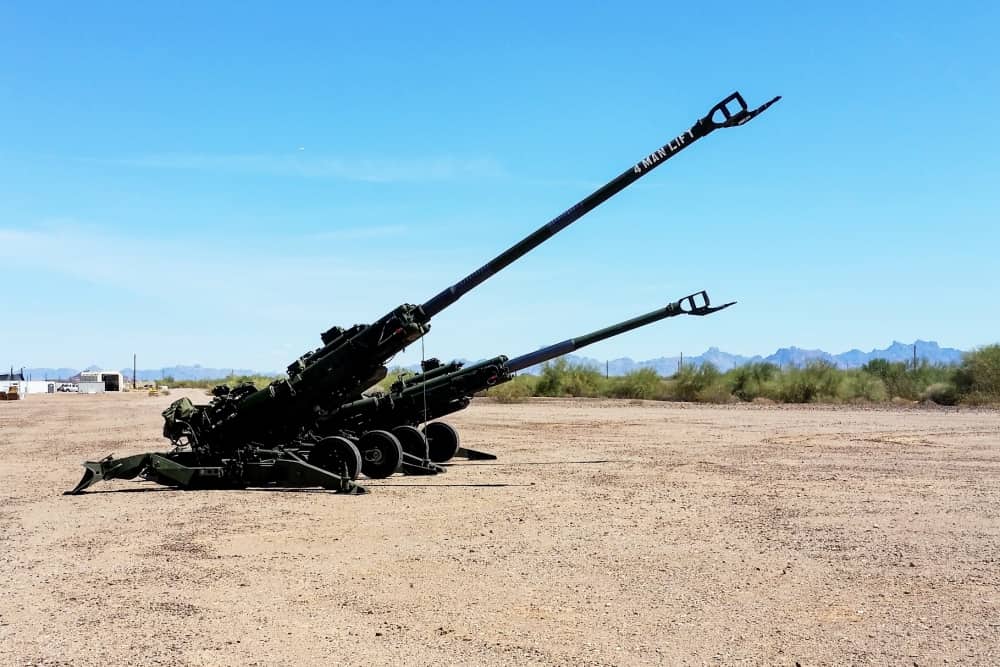
The U.S. Army seeks to apply innovative muzzle brake design for the extended range cannon artillery, according to TheFireArmBlog.com citing the U.S. Department of Defense.
TFB reported on 9 January that on the website of a U.S. government program called SBIR (Small Business Innovation Research) was published a solicitation for designing an innovative muzzle brake for extended range cannon artillery systems.
U.S. Army seeks to receive novel muzzle brake structures for extended range cannon artillery systems that reduce mass while maintaining or improving recoil reduction, signature management, durability, and operator safety.
In notice said that civen the Army’s Long Range Precision Fires priority, a need exists for novel and innovative muzzle brakes capable of supporting the new extended range cannons and sabot, direct, and indirect munitions currently under development.
High pressure waves produced within gun barrels during projectile acceleration have negative impact upon the surrounding environment due to muzzle blast flow fields exiting the barrel.
The negative consequences, such as recoil and noise production, can be alleviated by redirecting propellant gases. Muzzle brakes have been used for decades to efficiently redirect propellant gas, resulting in effective performance gains.
However, recent advances in multi-disciplinary design optimization and additive manufacturing techniques show promise for muzzle brake weight reduction while maintaining the favorable flow field response and resistance to the resulting thermal and pressure loadingMuzzle brakes are subject to complex loading due to shock wave characteristics from both the propellant explosion and its interaction with the projectile. Typical pressure and thermal conditions in the vicinity of the barrel exit have been found to be as much as 10-12 ksi and 2000 K, respectively. These conditions are dynamic and vary based on the firing inclination of the gun barrel.
Muzzle brakes are also subjected to material degradation due to collisions with small particles exiting the gun barrel, such as solid propellant grains that did not undergo combustion.
A variety of analysis methods and performance validation techniques should be performed to achieve significant mass reduction in order to determine the optimal layout of material and aerodynamic design of flow redirection channels or baffles. The objective for this effort is to achieve 30 percent weight reduction compared to conventional muzzle brakes.
The ability to execute accurate strikes at significant distances is critical to ground operations in any theater, against any adversary—especially a near-peer threat that can restrict U.S. maneuver through anti-access and area denial systems and techniques.
The long-range cannon will nearly double the range of cannon artillery for the Army and Marine Corps, thus providing an interim solution that bridges a critical capability gap while informing the development of future long-range precision fires systems.